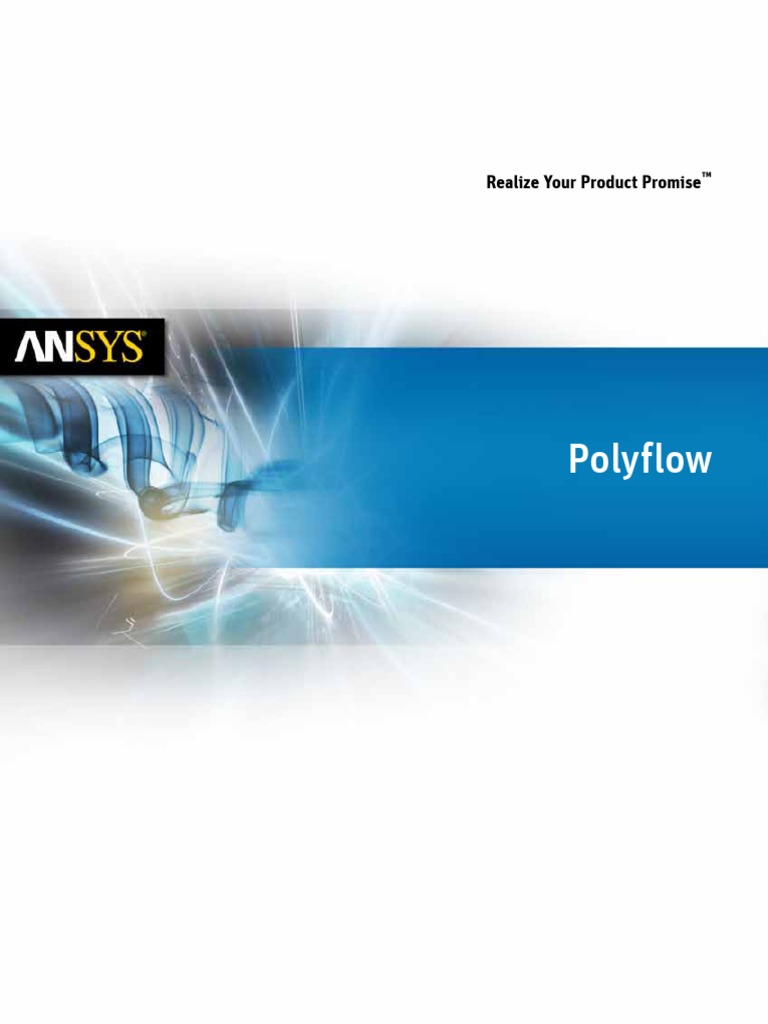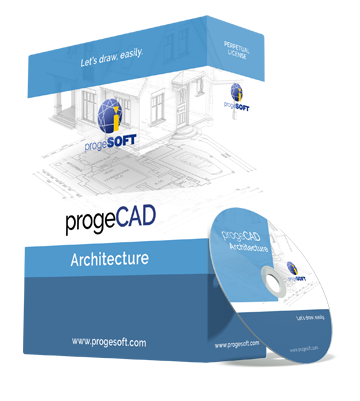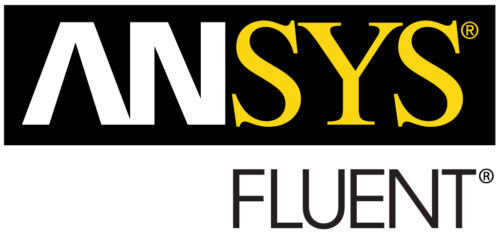ANSYS Polyflow
Polyflow accelerates design while shrinking energy and raw material demands to make your manufacturing processes more cost-effective and environmentally sustainable. R&D teams use this technology extensively to design and optimize processes such as extrusion, thermoforming, blow molding, glass forming, fiber drawing and concrete shaping. Design engineers use Polyflow to minimize physical prototyping when manufacturing extrusion dies or to reduce thickness variation to improve the quality of thermoformed or blown products.
Polyflow’s unique inverse die design capability can identify final die designs much faster than traditional build-and-test methods. This translates into substantial cost reduction and time savings. Your team can improve the quality of blown and thermoformed products by running trial-and-error processes with ANSYS Polyflow, rather than testing changes on the production line. Glass forming and float glass engineering simulations help designers to more quickly produce higher-quality tableware, glass containers and flat glass.
Now core Polyflow capabilities are also included in ANSYS AIM, the easy-to-use simulation environment designed for all engineers. You can use AIM’s guided workflows to model the deformation of molten plastic pushed through an extrusion die. AIM is ideal for simulating the flow within the die, predicting the extrudate shape for a particular die and predicting the required die shape in order to obtain a desired extrudate shape.






















There are no reviews yet.